 Agricultural Wheel Constitution
Agricultural Wheel Constitution
Entry Category: Agricultural Organizations and Programs
 Agricultural Wheel Constitution
Agricultural Wheel Constitution
Arkansas Agricultural Experiment Station (AAES)
Arkansas Department of Agriculture (ADA)
Arkansas Farm Bureau Federation
Arkansas Farm Family of the Year Program
Arkansas Farmers Union
aka: Arkansas Farmers Educational Cooperative Union
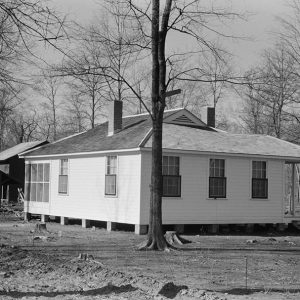 Chicot Farms House
Chicot Farms House
Dale Bumpers Small Farms Research Center
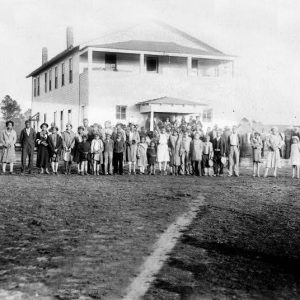 Fargo Agricultural School
Fargo Agricultural School
Home Demonstration Clubs
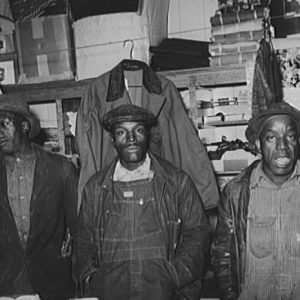 Lakeview Co-op Members
Lakeview Co-op Members
Military Farm Colonies (Arkansas Delta)
Military Farm Colonies (Northwestern Arkansas)
Museum of the Arkansas Grand Prairie
 Museum of the Arkansas Grand Prairie
Museum of the Arkansas Grand Prairie
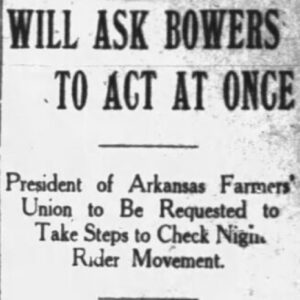 Night Riders Article
Night Riders Article
Ozark Institute [Organization]
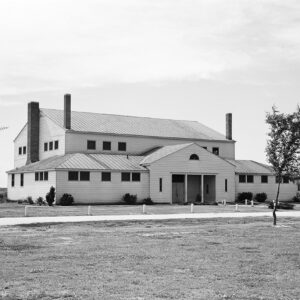 Plum Bayou Buildings
Plum Bayou Buildings
Plum Bayou Project
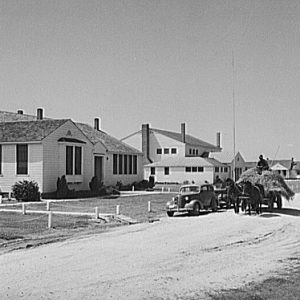 Plum Bayou Project Buildings
Plum Bayou Project Buildings
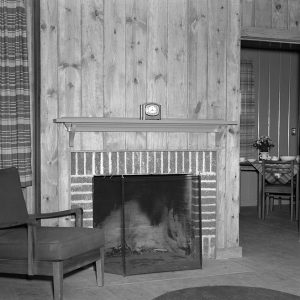 Plum Bayou Project House
Plum Bayou Project House
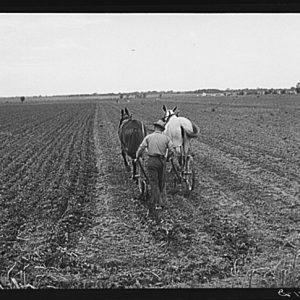 Plum Bayou Project Farmer
Plum Bayou Project Farmer
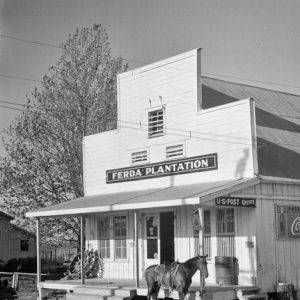 Plum Bayou Project Buildings
Plum Bayou Project Buildings
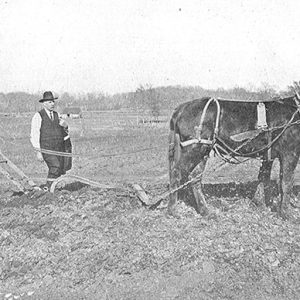 Tech Farm
Tech Farm
University of Arkansas Cooperative Extension Service (UACES)
University of Arkansas Rice Research and Extension Center
 Weaving Instruction
Weaving Instruction
Winrock Farms
 WRI Heritage Farmstead
WRI Heritage Farmstead




